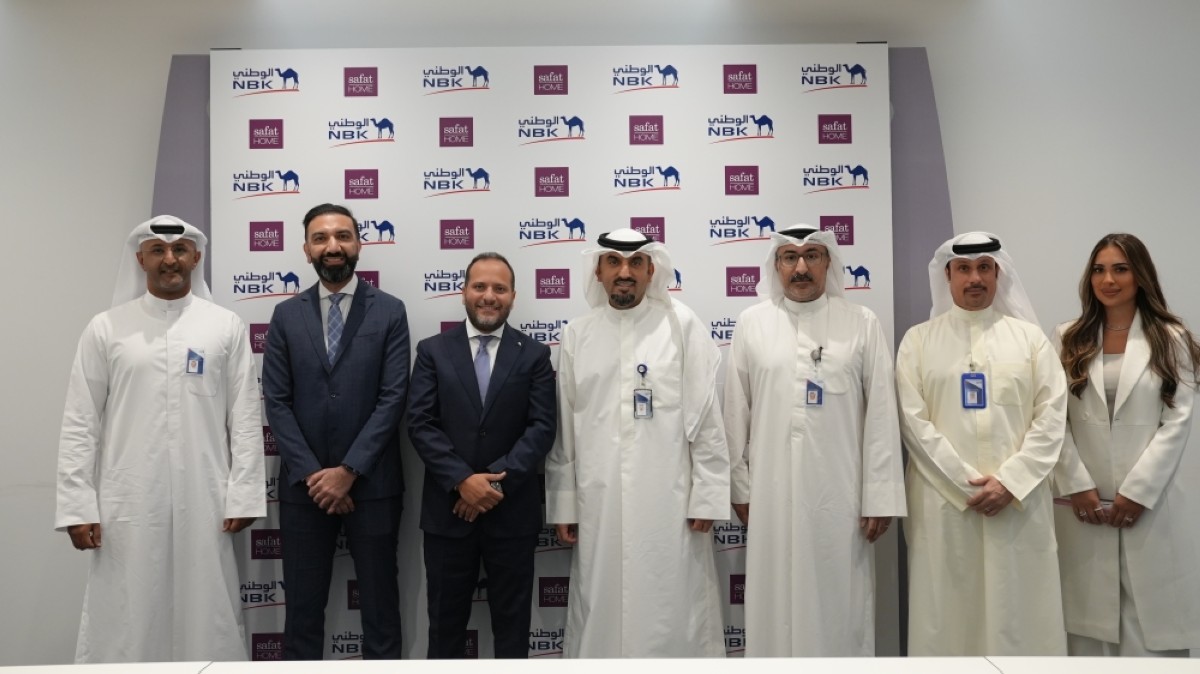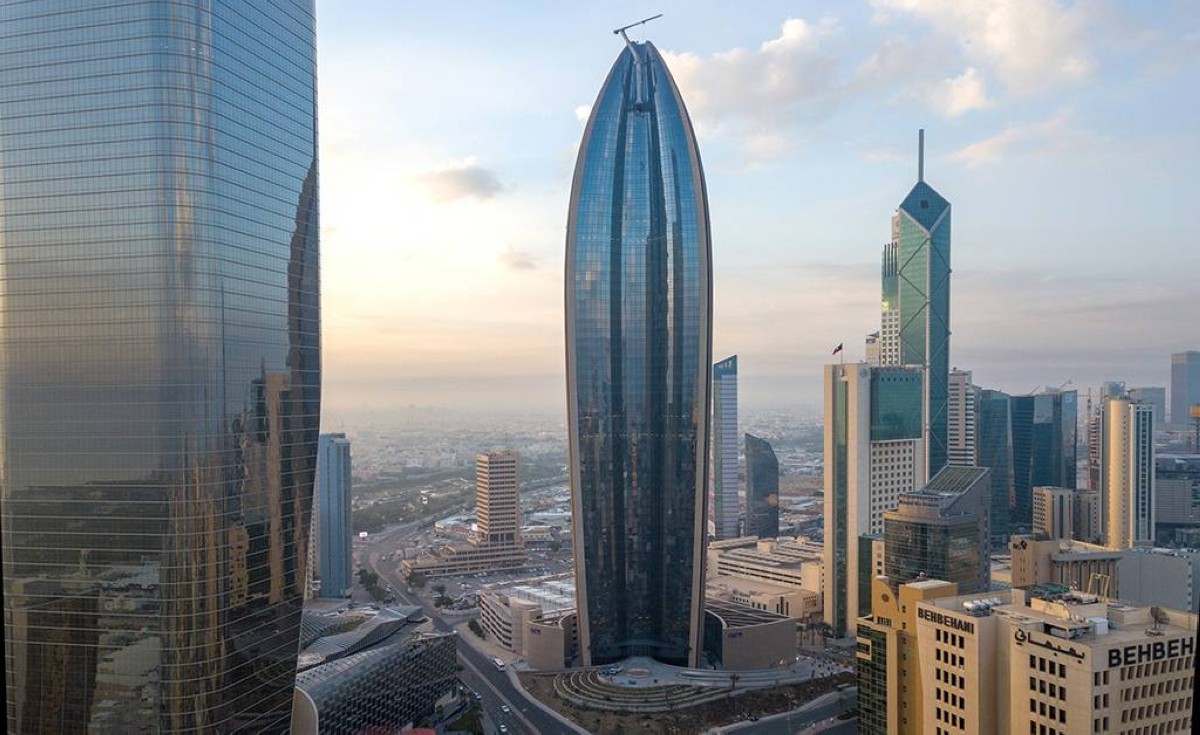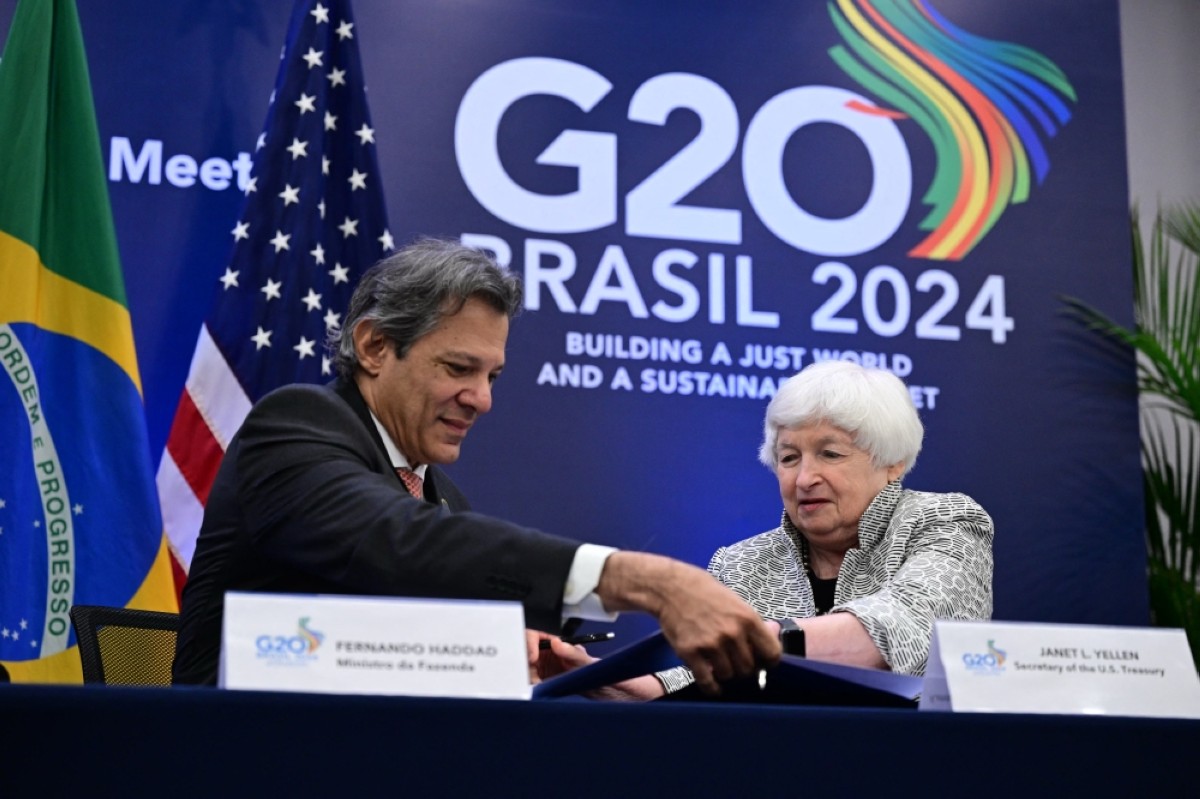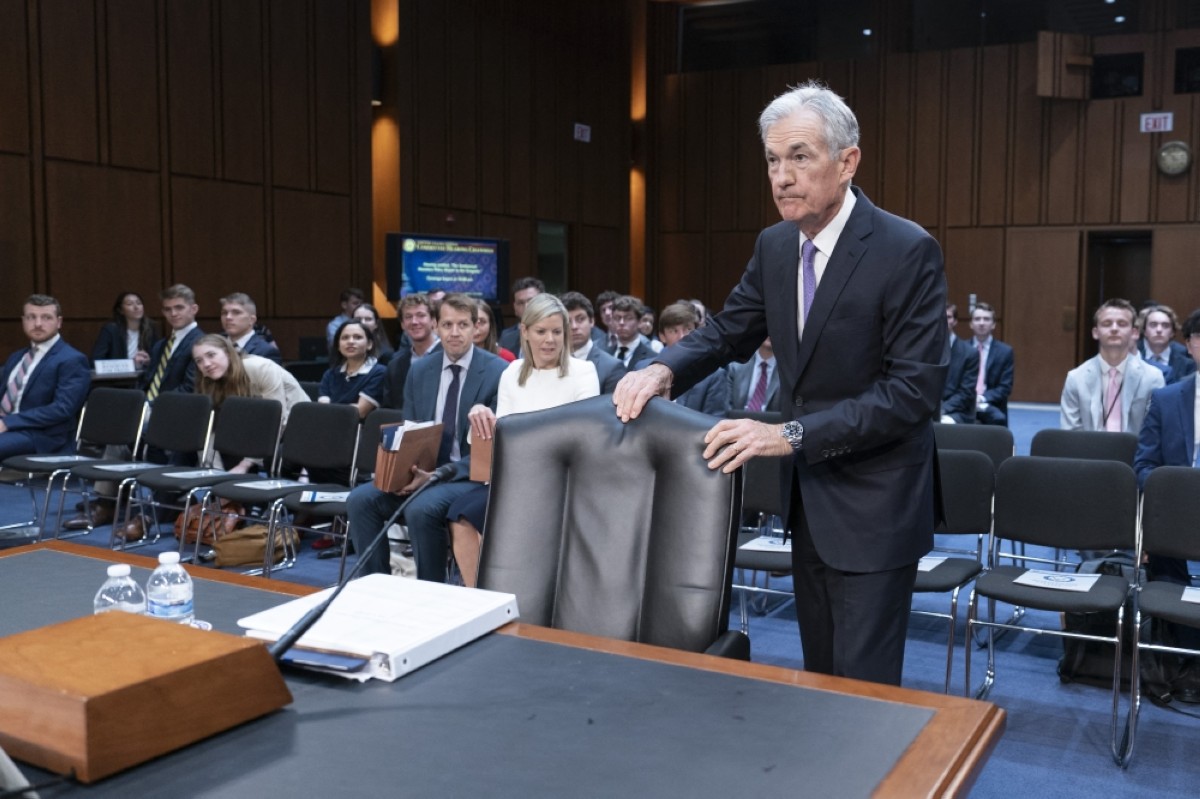‘New Kuwait’ vision eyes transition to a productive, technology-driven economy
KUWAIT: The Kuwait of today is almost unrecognizable from the fledgling state of the 1960s, when the newly-independent country took its first tentative steps on the path of social and economic development.
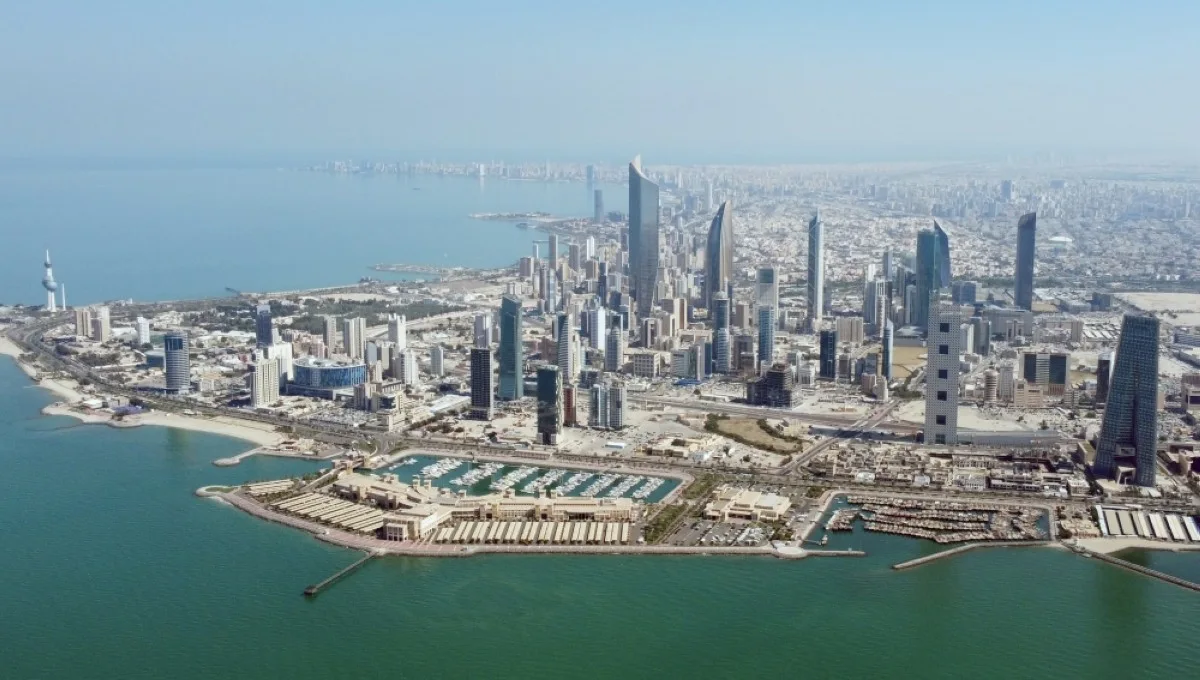
By Omar Al-Nakib
Helped by the proceeds from the country’s great oil endowment, the sixth largest in the world in 2023, and under the stewardship of the Al-Sabah alongside the region’s only elected legislature, Kuwait’s transformation has been remarkable.
Through a succession of national development plans, Kuwait stands today having made great strides in human development, in education outcomes, per capita income, health and life expectancy, and in economic and financial sector development. A pioneer on many fronts since even before its independence in 1961, including in establishing the world’s first sovereign wealth fund (KIA), launching the Arab Gulf’s first stock exchange and the region’s first extension of political rights to women, Kuwait has a proud history and pedigree.
Today, under the auspices of the New Kuwait vision 2035 strategy, efforts are underway to diversify the country’s economy, to broaden and deepen the non-oil productive base, advance the social development of Kuwaiti citizens, including in education, and modernize the country’s infrastructure. In short, it is a strategy to transition Kuwait from a rentier economy to a productive, technology-driven one. To that end, the government unveiled in 2023 and recently updated its four-year economic plan, emphasizing the imperatives of increasing the prominence of the private sector, encouraging entrepreneurship, stimulating foreign investment and rebalancing the role and penetration of the public sector in the economy.
Social justice, security and sustainability is the driving ethos, with the government especially cognizant of the urgency to reform the institutional framework and the public finances especially. In the latter, without reforms to augment revenue streams outside of oil and rationalize public expenditures, by restraining the ballooning wage and subsidy bill, for instance, Kuwait will likely continue to face year after year of fiscal deficits that would risk depletion of the state’s General Reserve Fund entirely and cause liquidity shortages.
Since 2014, the government has balanced its budget only once, in FY22/23 when, thanks to soaring oil prices following Russia’s invasion of Ukraine, the state was able to record a fiscal surplus of KD 6.4 billion (11.5 percent of GDP).
The challenges facing Kuwait extend beyond the public finances. Economic activity more broadly remains heavily anchored to the oil sector, whose output is tied to OPEC+ production policy (oil GDP accounted for 55 percent of total GDP in 2022). The oil exporters’ group is currently managing a third round of crude oil production cuts since November 2022, with Kuwait’s output this quarter pared back by 135 kb/d to 2.41 mb/d, a level which, if extended via a rollover of OPEC+ cuts through to the end of the year, would be the lowest in more than a decade.
Non-oil economic activity, meanwhile, has in recent years tended to underperform both in relation to Kuwait’s regional peers and its historic trend. Non-oil GDP growth averaged 4.5 percent y/y in the 2000-2019 period, according to the IMF, and has since slowed to an annual average of just 1.1 percent using official national data. The authorities are rightly looking at advancing development of the non-oil sector as a matter of priority, with a particular focus on manufacturing (refining and petrochemicals), tourism and entertainment, transport and logistics, financial services and renewables. In manufacturing, government efforts came to fruition in 2023 with the commencement of full operations at the KD 4.9 billion Al-Zour refinery, which, with a capacity of 615 kb/d, is the Middle East’s largest refinery. The refinery will be instrumental in helping Kuwait advance its export products up the value chain. Similarly, a new international airport, port and railway line are in the works with potentially substantive productivity and revenue benefits for the country.
Away from infrastructure investments, regulatory reforms targeting the business sector, labor market, foreign investment, public sector institutions and, importantly, schools and higher education, are also in the offing and should, in time, unlock even greater socio-economic benefits for the country. The challenges are not insubstantial, but the solutions and the roadmap are known. Kuwait has the opportunity, the financial means, the human capital and the historical pedigree to fulfill its national ambitions.
Note: Omar Al-Nakib is senior economist at National Bank of Kuwait.




